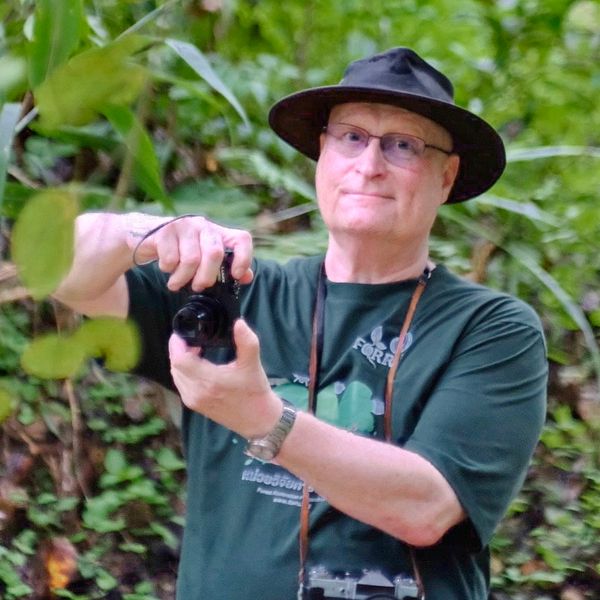By Greuk Pakkad and Stephen Elliott
First Published in Samara Issue: 35 August-September 2020 (The newsletter of the Millennium Seed Bank Partnership (MSBP)
Forest ecosystem restoration starts with seeds. Although enthusiasm for restoration has never been higher, a major challenge is a lack of seeds of indigenous forest tree species. In Northern Thailand, FORRU-CMU has been developing the framework species method of restoration, which involves propagating and planting at least 20-30 native tree species, selected for their ability to accelerate natural forest regeneration. However, growing so many species is not easy. Each species produces seeds at different times of the year, with varying dormancy periods and germination rates, making it difficult to maintain a steady supply of viable seeds. Improved seed storage and banking methods are needed, to develop effective seed supply networks and expand the use of this proven effective restoration technique.
To tackle this problem, FORRU-CMU partnered with the Royal Botanic Gardens, Kew, UK, Thailand’s Department of National Parks’ Forest Herbarium (BKF), and the Garfield Weston Foundation. Through this collaboration, Kew staff trained FORRU-CMU researchers in seed collection, processing, and storage, greatly improving the propagation of planting stock. From 2016 to 2019, the team collected and banked seeds of 244 priority tree species at Kew’s Millennium Seed Bank, including both framework species and threatened tree species. These efforts contributed to the ex-situ conservation of important tree species that could be lost to disasters like forest fires, ensuring they can be revived for future restoration efforts. The project also supported Thailand’s national efforts to manage forest genetic resources, including the establishment of a national seed bank in Bangkok.



